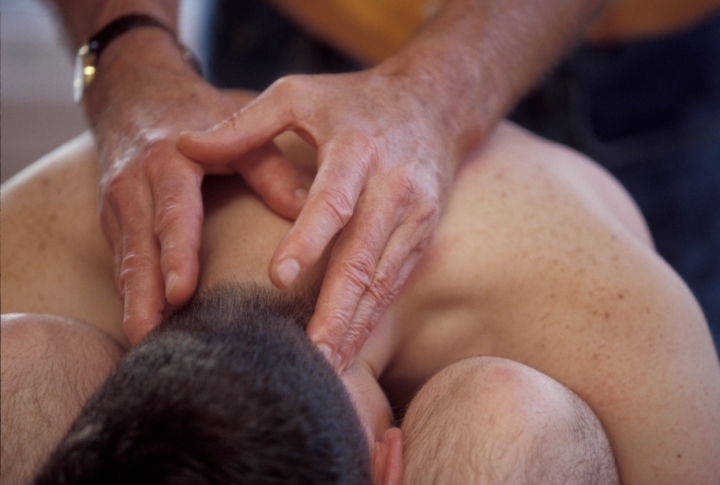
Rolfing is the name given to a technique called Structural Integration devised by Dr. Ida Rolf in the 1930s. After earning a PhD in Biochemistry in the 1920s, Dr. Rolf began studying alternative and natural treatments for physical and emotional ailments. The result of her ongoing studies was a combination of body work and movement education that has taken her name and is now known simply as Rolfing.
What is Rolfing?
The theory behind Dr. Rolf's innovative technique is basically that our habitual movement patterns are often inefficient and can lead to a variety of disorders. She coined the term "Structural Integration" to define the goal of her techniques, which is to return the body structure to a more integrated condition through massage and movement education:
- Rolfing massage techniques focus on the connective tissues between the muscles (myofascia). Rolfers often refer to the myofascia as the "fascial web" of connective tissue that works together to make the whole body optimally functional. When one part of this web is out of alignment, the rest of the body follows, leading to a host of physical and emotional imbalances. By kneading, stroking and stretching these tissues, the practitioner attempts to soften and stretch the myofascia and restore them to full functionality. The massage can be very vigorous and the practitioner uses their knuckles, knees, elbows, fingers and hands to achieve the desired results.
- Because poor posture and unhealthy movement patterns become habitual and are often not even noticed, Dr. Rolf included an education program in her techniques. In addition to hands-on treatment, a Rolfing practitioner will teach their clients more efficient postures and movement patterns.
In order to get the most out of Rolfing, practitioners recommend that clients attend ten 60 to 90 minute sessions rather than simply go in for a single therapeutic massage. Between the benefits of the myofascial massage treatments and the education about the body's structure and its relationship with gravity, the client is better able to avoid repeating the mistakes of the past and avoid a recurrence of the injuries or disorders that made them seek treatment in the first place.
Some of the specific disorders Rolfing is said to be an effective treatment for include:
- Repetitive Strain (or Stress) Injury (RSI): There are a number of RSI related disorders, many of which are occupational. Any job that involves the physical repetition of a task (such as computer keyboarding) can suffer from RSI. Other forms of RSI can occur as a result of habitually poor posture when relaxing, such as slumping in a lounge chair while watching television.
- Trauma: Whiplash is a common trauma that occurs in traffic accidents. It is caused by sudden acceleration and deceleration that causes the neck to "whip" suddenly. Other muscular traumas include back injuries, strained muscles and other painful musculo-skeletal disorders.
- Chronic pain can occur in any part of the body and its cause can often be difficult to diagnose. Rolfing is meant to realign the whole body and thus may help relieve chronic pain in any part of the body.
For more information about Rolfing, contact a Rolfing practitioner in your area. They will explain the technique to you in detail, discuss your health issues with you and recommend an alternative treatment if they believe Rolfing is not right for you.
|
Do you have a natural health & wellness business? |









